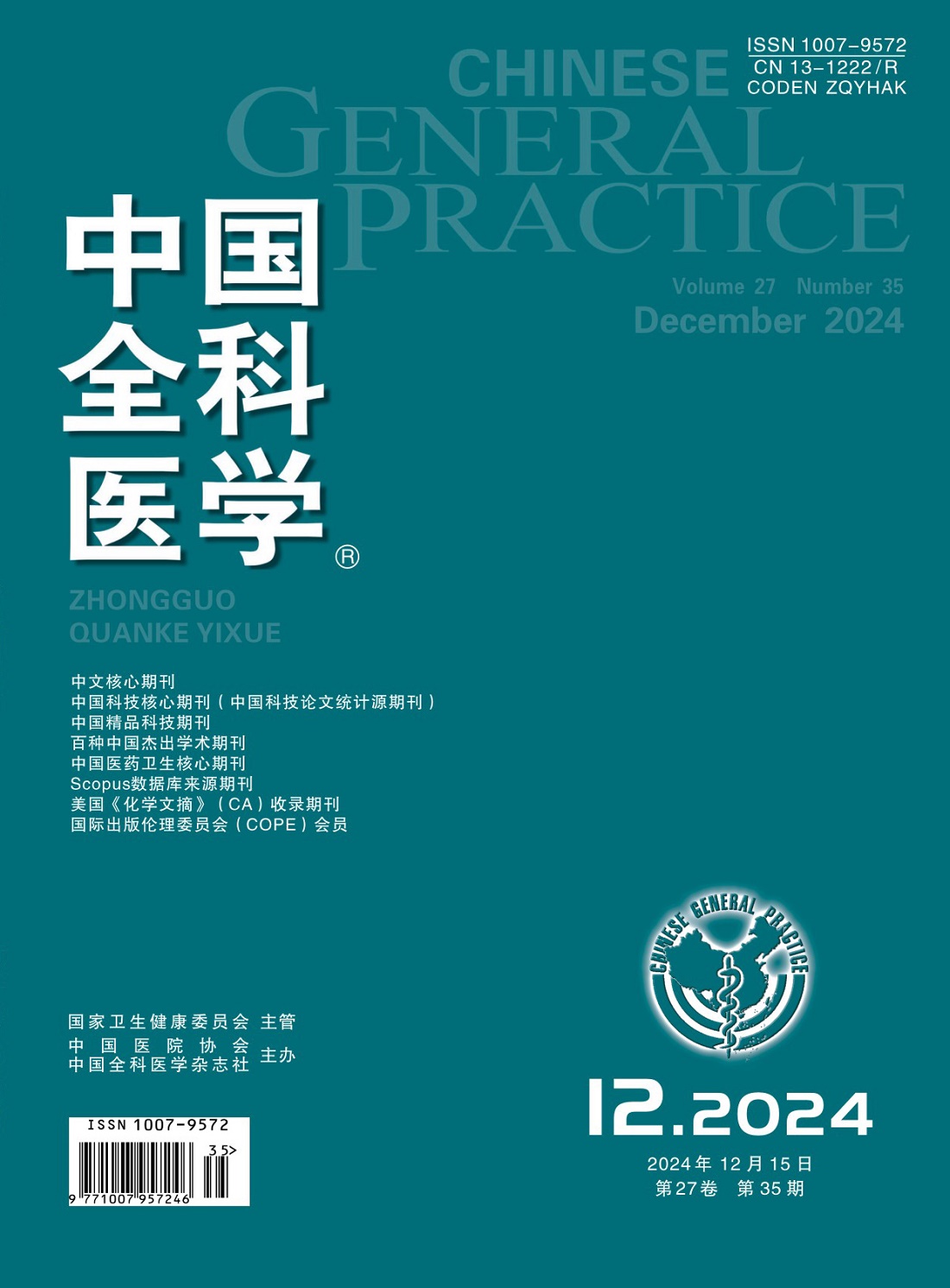Infectious Disease Prevention and Control Capacity of Community Health Institutions in Beijing: Current Status and Recommendations for Problems
Q3 Medicine
引用次数: 0
Abstract
Background: During the fight against the COVID-19 pandemic, Beijing's community health institutions showed some weaknesses in infectious disease prevention and control. To improve their capabilities in this aspect to fully play their role as a sentinel for monitoring infectious diseases, it is urgent to investigate and analyze their current status to find problems, then put forward recommendations. Objective: To investigate the infectious disease prevention and control level in Beijing's community health institutions, and identify and analyze the problems, with suggestions put forward. Methods: From May to July 2020, a questionnaire survey was conducted in all community health centers(CHCs) in Beijing. Information was collected, including the basic situation, departments, staff structure, infrastructure situation, the provision of public health services, and emergency response capacity for infectious diseases and public health emergencies of the CHC, and was analyzed using descriptive analysis. The above-mentioned data were checked and supplemented if necessary in accordance with the information in the China's National COVID-19 Surveillance Network and Beijing Community Health Statistics 2019. Results: Of the 342 CHCs in total in Beijing as of 2019, 90(26.32%) had a fever clinic, 102(29.82%) had a gastrointestinal clinic, and 54(15.79%) had both a fever clinic and a gastrointestinal clinic. Among the incumbent workers in the CHCs(n=28 809), 2 887(10.02%) held a position in public health, and 178(6.17%) had a senior professional title. HIV testing was carried out in 159 CHCs(46.49%). SARS-CoV-2 nucleic acid testing was accessible in 11 CHCs(3.22%). For 29 kinds of common infectious diseases, 140(40.94%) CHCs had no diagnosis and treatment capabilities, 135(39.47%) had capabilities managing 1-5 kinds, only 29(8.48%) were able to diagnose and treat >10 kinds. Conclusion: The CHCs in Beijing may have a series of problems in the infectious disease prevention and control system and mechanism, sentinel fever clinic, infectious disease diagnosis and treatment capacity, public health workforce development and other aspects. Therefore, the infectious disease prevention and control plan of the CHCs should be developed more appropriately from an overall point of view, to address the problems and improve the current status as soon as possible. Copyright © 2021 by the Chinese General Practice.北京市社区卫生机构传染病防控能力现状及存在问题建议
背景:在新冠肺炎疫情防控过程中,北京市社区卫生机构在传染病防控方面存在一定的薄弱环节。为了提高他们在这方面的能力,充分发挥他们作为监测传染病的哨兵的作用,当务之急是调查和分析他们的现状,发现问题,然后提出建议。目的:了解北京市社区卫生机构传染病防控水平,发现并分析存在的问题,提出建议。方法:于2020年5 - 7月在北京市所有社区卫生中心(CHCs)进行问卷调查。收集卫生保健中心基本情况、科室、人员结构、基础设施情况、公共卫生服务提供情况、传染病和突发公共卫生事件应急能力等信息,采用描述性分析方法进行分析。上述数据根据中国新冠肺炎国家监测网和《2019年北京市社区卫生统计》信息进行核对,必要时予以补充。结果:截至2019年,北京市共有342家CHCs,其中90家(26.32%)有发热门诊,102家(29.82%)有胃肠门诊,54家(15.79%)既有发热门诊又有胃肠门诊。在卫生保健中心在职人员(28809人)中,从事公共卫生工作的有2887人(10.02%),高级职称的有178人(6.17%)。159个保健中心(46.49%)进行了艾滋病毒检测。11例CHCs(3.22%)可进行SARS-CoV-2核酸检测。在29种常见传染病中,140家(40.94%)卫生院无诊治能力,135家(39.47%)卫生院有1 ~ 5种诊治能力,仅有29家卫生院有10种诊治能力(8.48%)。结论:北京市卫生院在传染病防控体制机制、哨点发热门诊、传染病诊疗能力、公共卫生队伍建设等方面可能存在一系列问题。因此,应从整体角度出发,更加合理地制定CHCs传染病防控方案,尽快解决问题,改善现状。版权所有©2021中国全科医生。
本文章由计算机程序翻译,如有差异,请以英文原文为准。
求助全文
约1分钟内获得全文
求助全文
来源期刊

中国全科医学
Medicine-Family Practice
CiteScore
0.70
自引率
0.00%
发文量
27733
期刊介绍:
Chinese General Practice, established in 1998 and approved by the National Press and Publication Administration, is governed by the National Health Commission and sponsored by the Chinese Hospital Association and the Publishing House of Journal of Chinese General Practice. The journal aims to promote the concept of "wellness," provide timely reporting of outcomes in general practice and clinical research, and facilitate the development of general practice and community health services in China. It also aims to disseminate general practice research globally and establish a platform for scientific research and academic exchange.
The target audience of the journal includes researchers, educational personnel, policy makers, managing staff, and professionals in general practice and community health services, as well as those in related specialties.
 求助内容:
求助内容: 应助结果提醒方式:
应助结果提醒方式:


